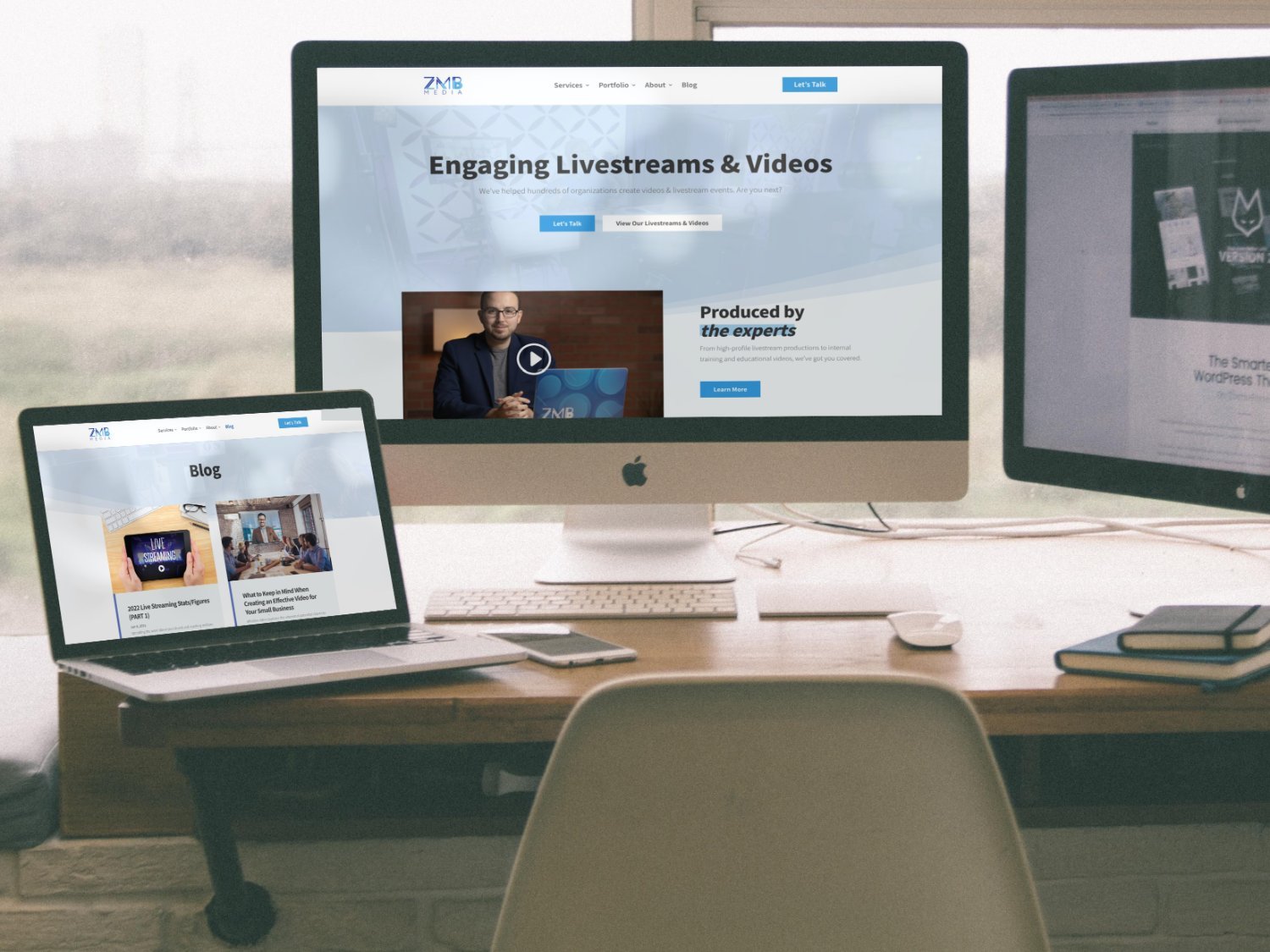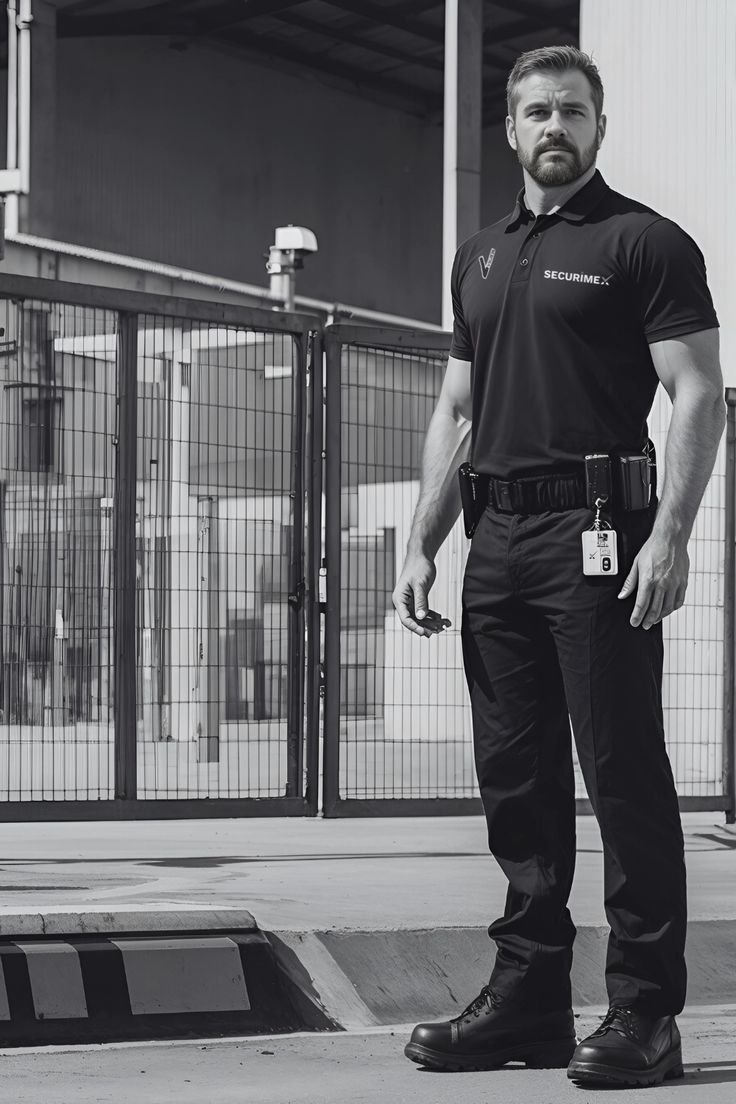In today’s digital world, your website is often the first impression potential customers have of your business. Whether you’re running an e-commerce store, a personal blog, or a portfolio, a well-designed website can help attract visitors, enhance user experience, and ultimately drive conversions. But what exactly goes into effective website design? In this blog post, we’ll explore the principles of good web design, the essential elements involved, and how to create a visually appealing, functional, and user-friendly website.
What is Website Design? Understanding the Basics
Website design refers to the process of planning and creating the layout, structure, and visual elements of a website. It goes beyond just aesthetics; it’s about designing a functional and intuitive user experience (UX) while ensuring the website is visually appealing. Good web design is a balance between form and function, where the look of the site complements its usability.
Effective website design takes into account many factors such as navigation, layout, color schemes, typography, and responsiveness. Every design decision influences how users perceive and interact with your site. Whether you’re building a simple blog or a complex e-commerce platform, the design of your website plays a key role in engaging your audience and helping you achieve your business goals.
Why Website Design Matters: The Impact on User Experience and SEO
A great design isn’t just about making your website look good. It has a direct impact on both the user experience (UX) and search engine optimization (SEO), which are crucial for the success of your website. Here’s why website design is important for your site’s performance:
1. User Experience (UX) and Usability
User experience is at the core of website design. A website with an intuitive design is easier to navigate, which means users can find what they are looking for quickly and efficiently. If a website is difficult to navigate or cluttered with information, users are likely to leave in frustration, increasing the bounce rate and harming your chances of conversion.
Effective website design ensures that the website is not only visually attractive but also user-friendly. Key elements like clear navigation menus, readable fonts, and easy access to important content can significantly improve user engagement and reduce bounce rates.
2. SEO and Rankings
Your website’s design also plays a significant role in SEO. Google’s algorithms favor well-structured websites that are easy to navigate and index. A clean, organized design helps search engine crawlers understand your site better, which can lead to improved rankings.
Additionally, fast loading times and mobile optimization—both of which are influenced by design—are important ranking factors. Websites that are slow to load or not optimized for mobile devices risk being penalized by search engines, reducing visibility and potentially losing valuable traffic.
The Essential Elements of Effective Website Design
To create a website that performs well and captures the attention of your audience, there are several key elements that must be incorporated into the design. Let’s explore the essential components of website design that help you create an engaging and functional site:
1. Layout and Structure
The layout of your website defines how your content is arranged and presented to visitors. A clean, organized structure ensures that your site is easy to navigate and that important information stands out.
A good layout guides the user’s attention to the most important sections of the website and encourages them to explore further. It’s essential to maintain consistency across pages, making it easy for users to understand the website’s structure. Using grids, whitespace, and visual hierarchy is key to achieving an organized layout.
2. Color Scheme and Typography
The right color palette can set the tone for your website and evoke specific emotions in your visitors. For example, blues and greens are often associated with trust and calm, while red and orange can convey urgency or excitement. Your color scheme should be in line with your brand identity and appeal to your target audience.
Typography is equally important as it directly affects readability and user experience. Choose fonts that are easy to read and that complement the style of your website. Using too many different fonts can create a disjointed, chaotic design, while sticking to one or two complementary fonts provides a clean, cohesive look.
3. Visuals and Media
Images, videos, and other multimedia elements are powerful tools in website design, allowing you to engage users and communicate your message more effectively. High-quality visuals can enhance the user experience by making the content more engaging and memorable.
However, it’s essential to optimize visuals to ensure they don’t slow down your site’s performance. Compressed images, appropriate file types, and the use of responsive design will ensure your media looks great on any device without negatively impacting load times.
4. Mobile Responsiveness
With the majority of internet traffic coming from mobile devices, your website needs to be fully responsive, meaning it adapts to different screen sizes. Mobile responsiveness is no longer optional—it’s a necessity. A responsive design ensures that your website provides a seamless experience, whether users are accessing it from a desktop, tablet, or smartphone.
Google also prioritizes mobile-friendly websites in its search rankings, so a responsive design can boost your SEO efforts and help you reach a larger audience.
How to Improve Your Website’s Design: Best Practices
Now that we’ve covered the core principles of website design, let’s explore some best practices that can help take your site to the next level. By following these tips, you can ensure that your website is not only visually appealing but also optimized for performance, user experience, and SEO:
1. Simplify Navigation
Navigation is one of the most important aspects of website design. Visitors should be able to easily find what they are looking for within a few clicks. Keep your navigation simple and intuitive, and organize your content into clear categories. Limit the number of items in the main navigation menu to avoid overwhelming users.
Consider using a sticky menu that remains visible as users scroll down the page, making it easier for them to navigate your site without having to scroll back to the top.
2. Optimize for Speed
Website speed is a key factor in user experience and SEO. If your website takes too long to load, users may leave before even seeing your content. To improve speed, compress images, minimize HTTP requests, and use a content delivery network (CDN) to distribute your content across multiple servers.
Additionally, avoid using unnecessary animations or large files that can slow down load times. A fast website not only improves user satisfaction but also boosts your SEO rankings.
3. Use Clear Calls-to-Action (CTAs)
Your website should have clear, actionable CTAs that guide users toward taking specific actions, such as signing up for a newsletter, making a purchase, or contacting you for more information. Place CTAs in prominent locations, such as at the top of the page or within the content, and make them visually distinct using contrasting colors or buttons.
Effective CTAs are crucial for converting visitors into leads or customers, and a strong web design ensures that they’re visible and easy to follow.
4. Prioritize Accessibility
Accessibility is an essential element of website design that often gets overlooked. Your website should be usable by everyone, including people with disabilities. Use proper contrast between text and background, ensure your site is navigable with a keyboard, and add alt text to all images so that visually impaired users can understand your content.
Ensuring accessibility not only improves user experience but also helps you comply with legal requirements and cater to a broader audience.
For expert website design services, consider working with Greenlight. Their team can help you design a website that’s visually appealing, user-friendly, and optimized for both performance and SEO.
Conclusion: Crafting a Website That Works for You
In conclusion, website design is more than just creating a visually attractive site. It’s about building a user-friendly, responsive, and functional experience that supports your business goals. From layout and color schemes to performance optimization and mobile responsiveness, every element of your website design plays a role in engaging visitors and encouraging conversions.
By following best practices and focusing on both form and function, you can create a website that not only looks great but also provides a seamless user experience. Whether you’re starting from scratch or redesigning an existing site, investing in professional website design services is essential for building a strong online presence and achieving long-term success.




